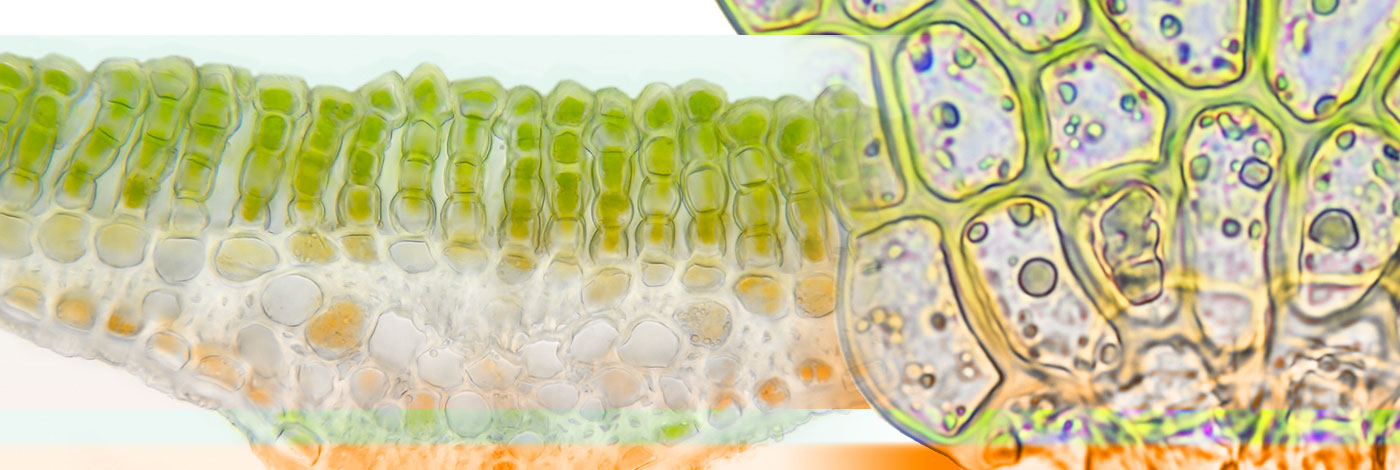

 Cryptogamie, Bryologie
31 (2) - Pages 147-161
Cryptogamie, Bryologie
31 (2) - Pages 147-161The effects of micro and macro-scale variables on the composition of saxicolous bryophyte communities have been studied in North-western Portugal. The canonical correspondence analysis (CCA), using all the variables, suggest that the distribution of bryophyte species is mainly influenced by a combination of micro-scale variables related to local humidity and macro-scale variables (especially precipitation). A variation partitioning approach, based on CCA, was used to assess common and unique effects of micro and macro-scale variables on species composition. This approach showed that the effects of micro-scale variables on the community variability superimpose to the macro-scale factors, explaining 7.7 against 3.5 of the variation in community composition, respectively. The variation related to the combined effects of both variable sets was marginal (0.8). Micro-scale patterns in community composition seem to be related to different preferences of bryophyte species for humidity and light conditions and species richness per sample plot clearly increases with both northerly exposure and steepness of slope. Xerophytic species tend to be associated with a higher cover of crustose lichens and with southerly exposures and gentle slopes, while hygrophytic species are more frequent in sampling sites with a higher cover of fruticose lichens and with northerly exposures and steep slopes. Analysis of macro-scale patterns on community variation revealed that latitude and precipitation are the most important macro-variables that influence the community structure.